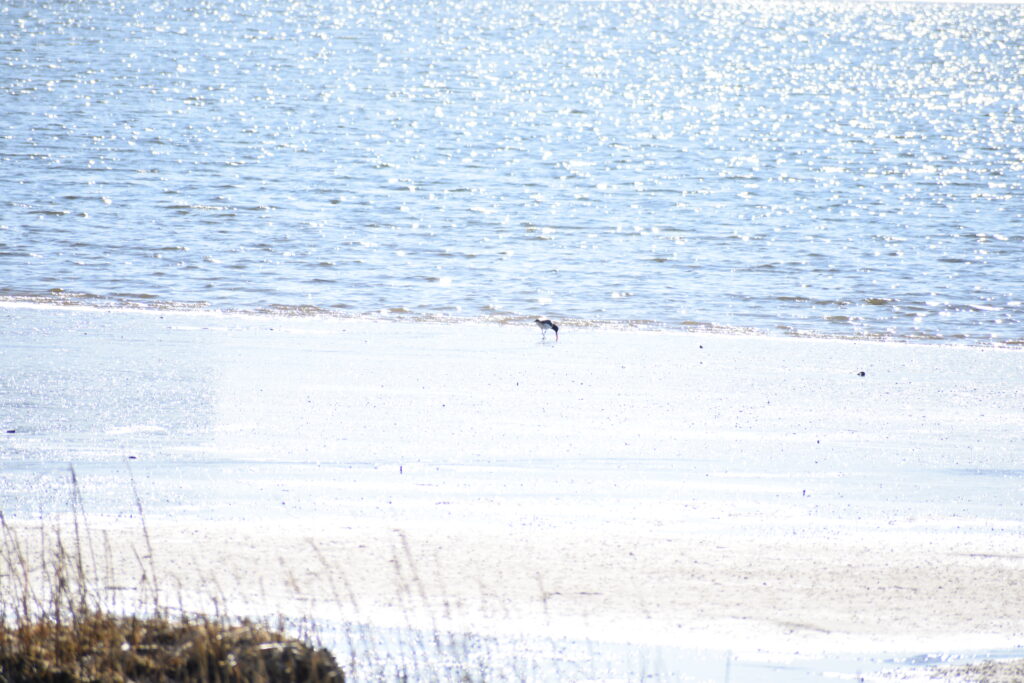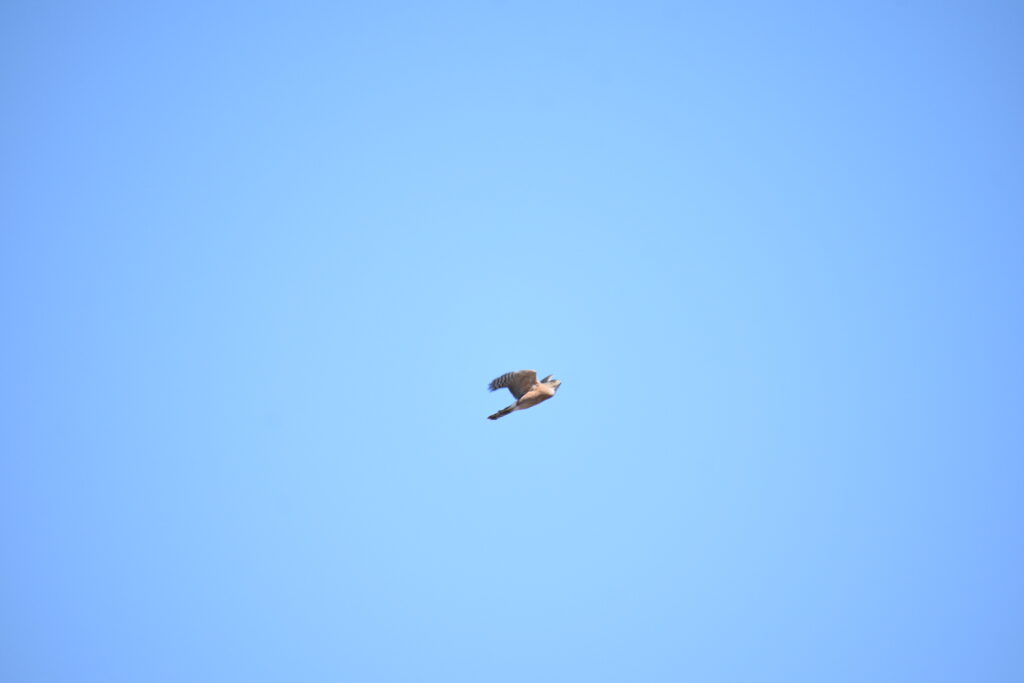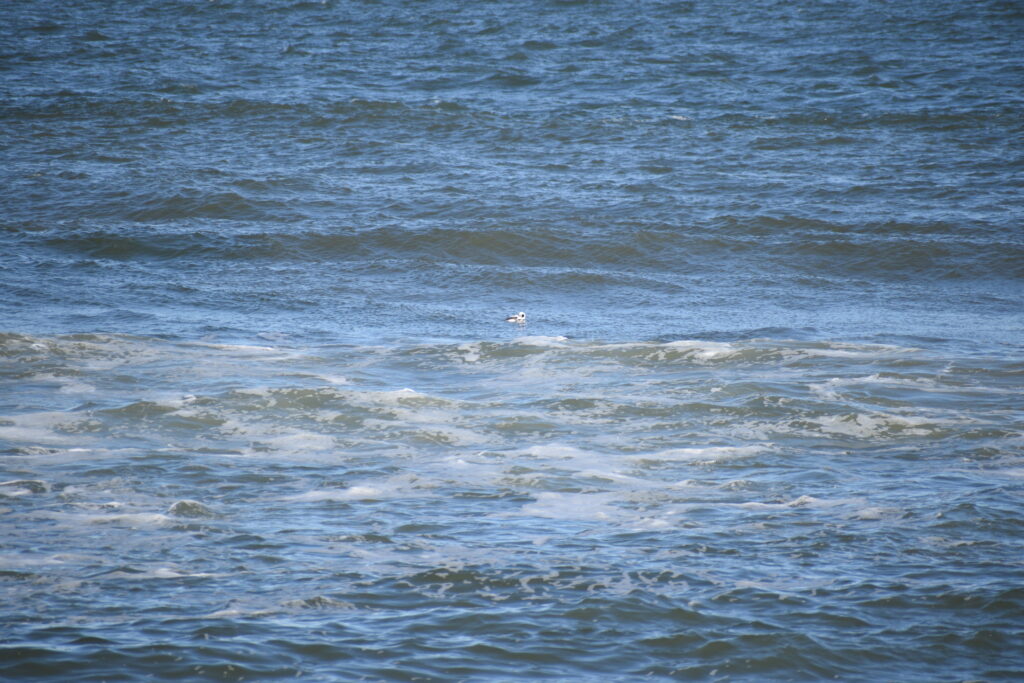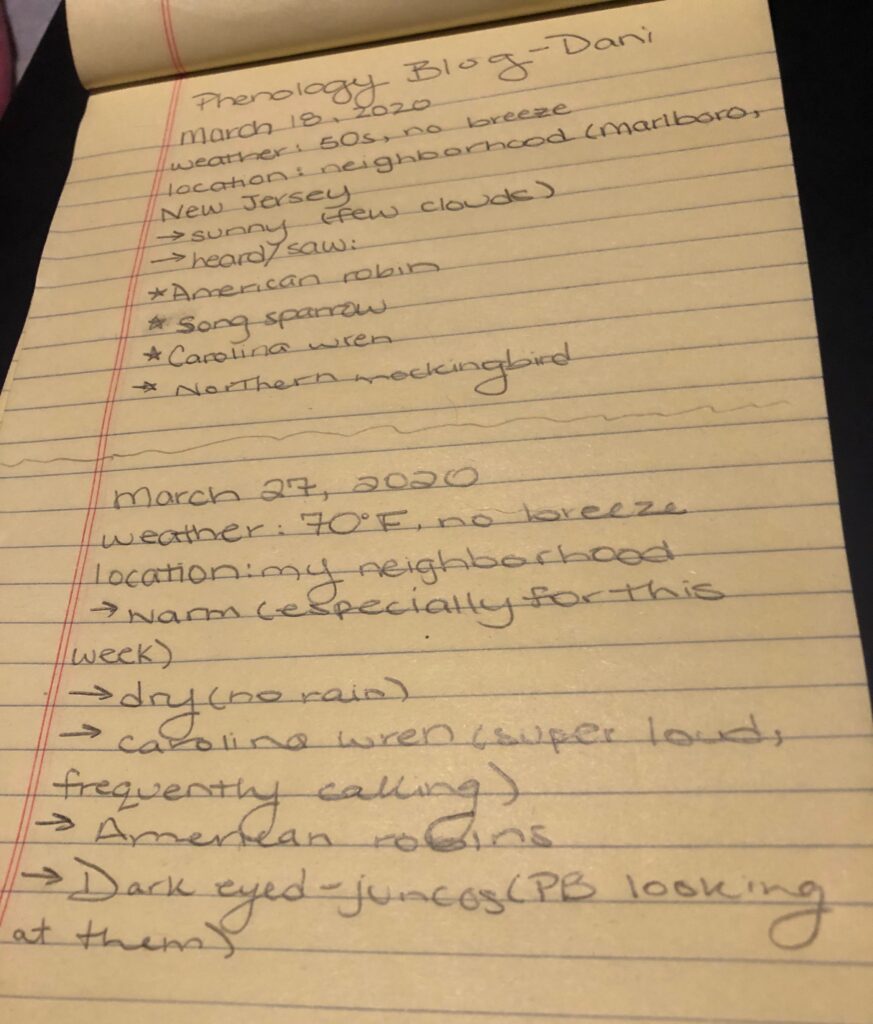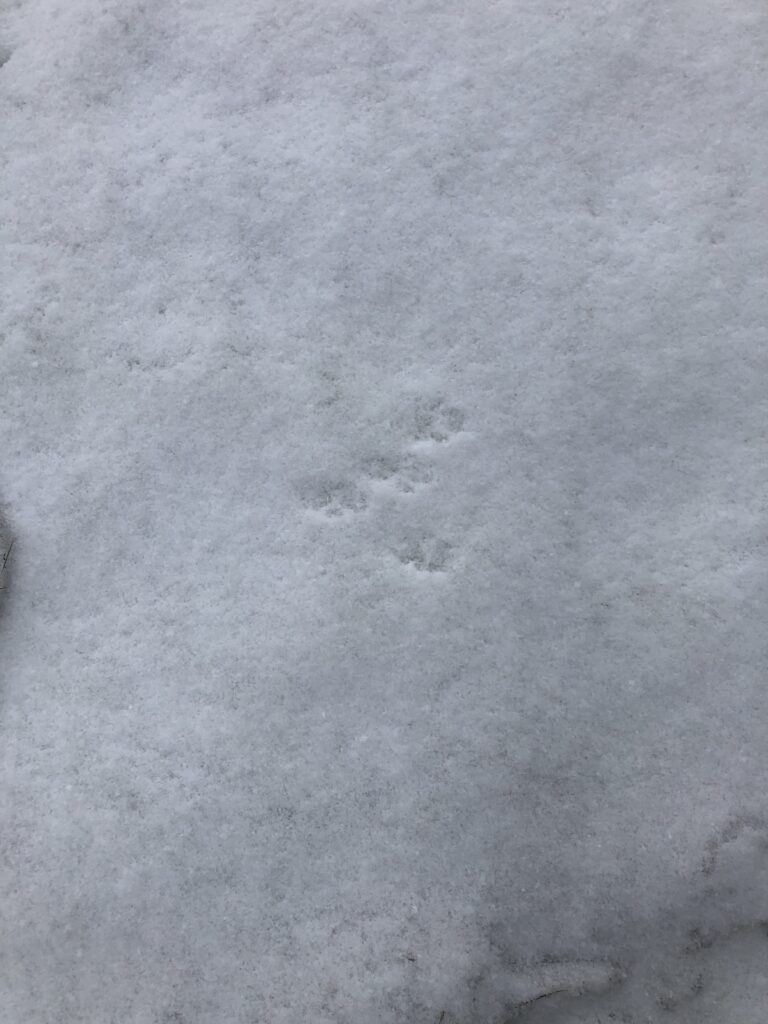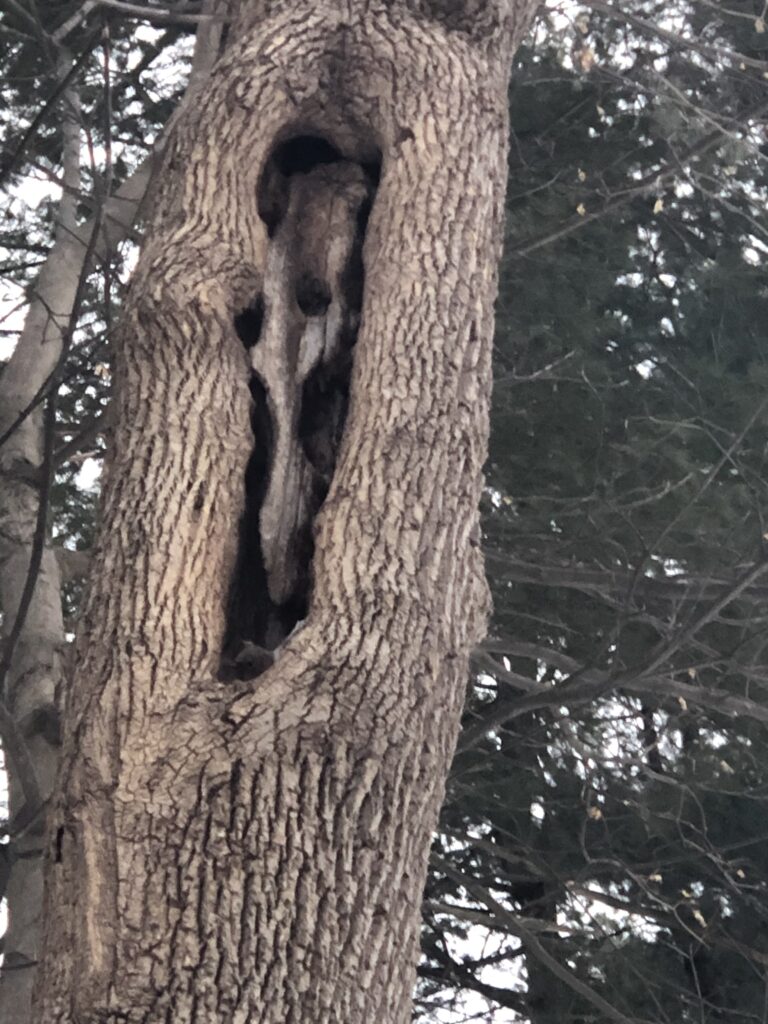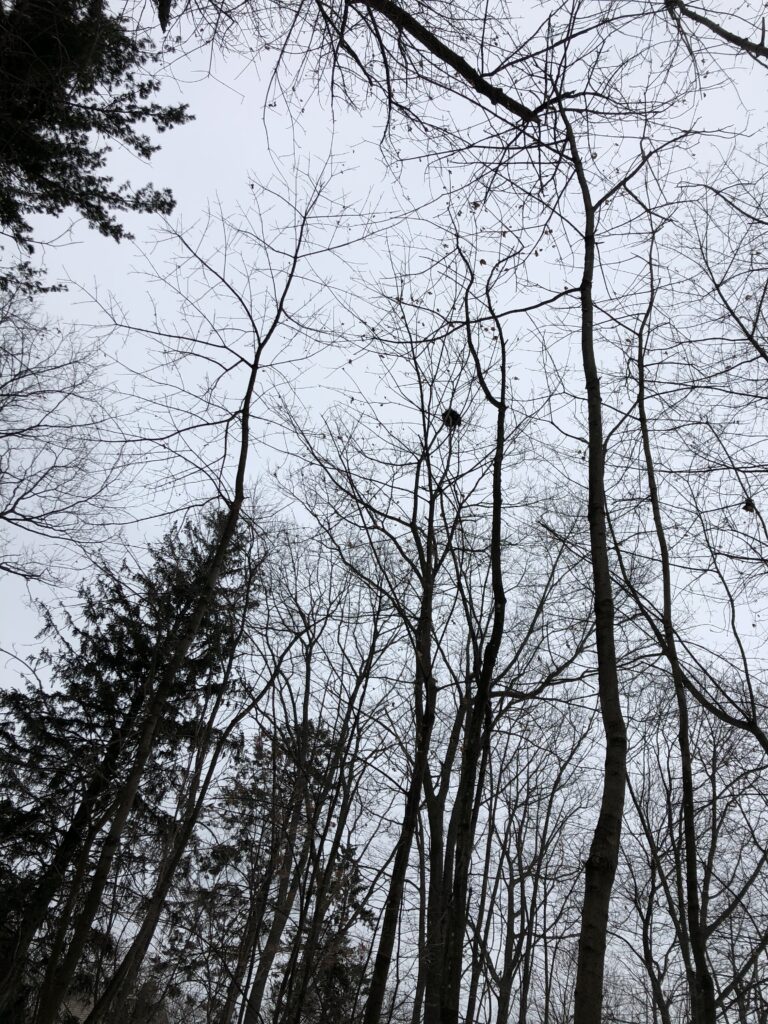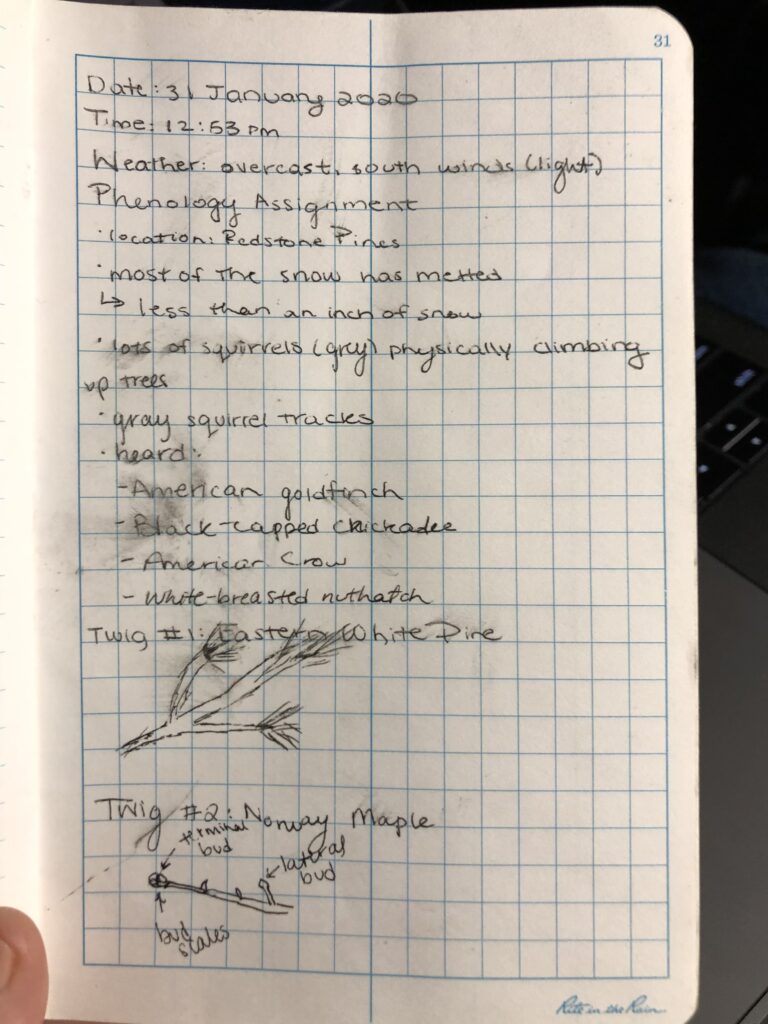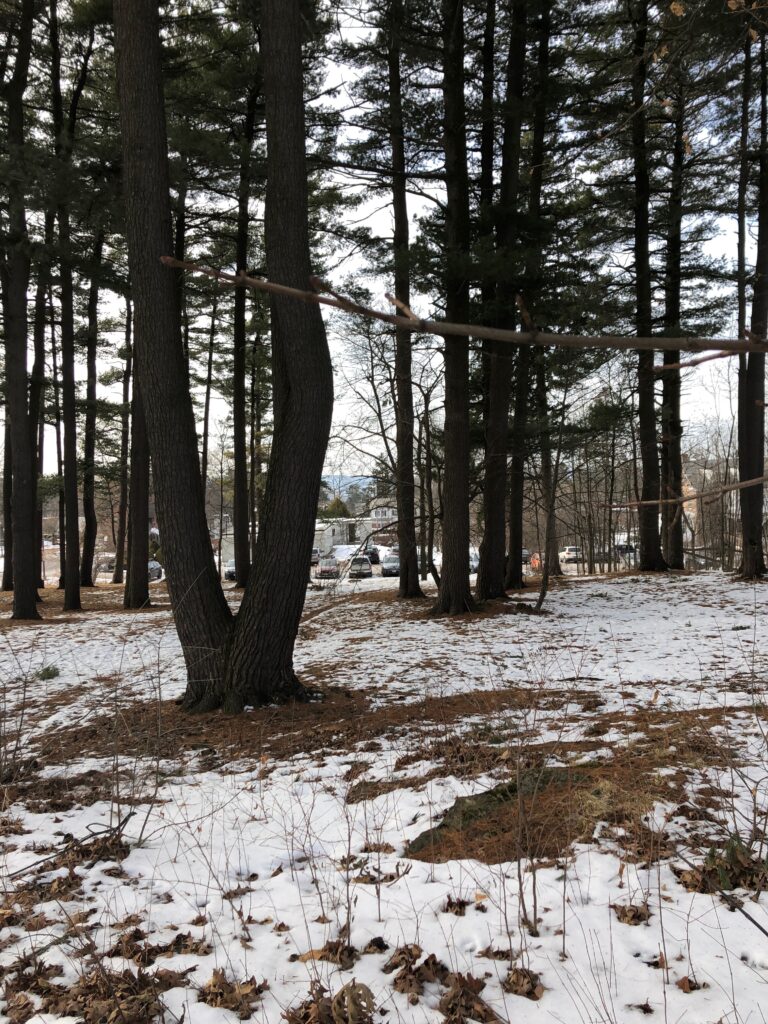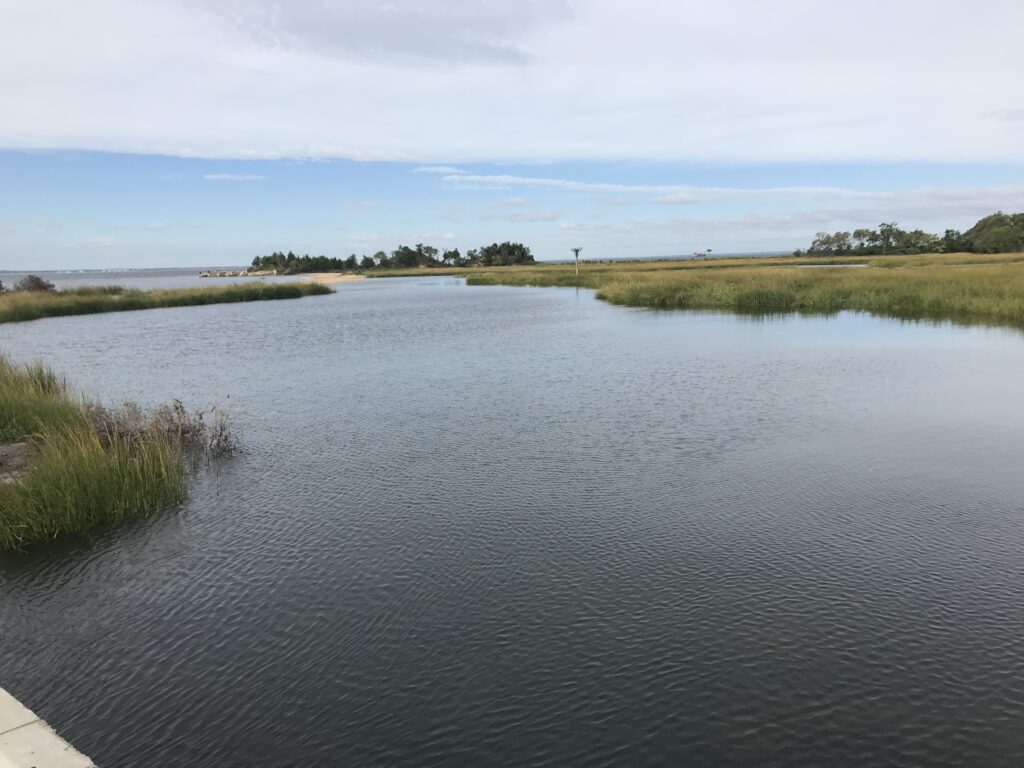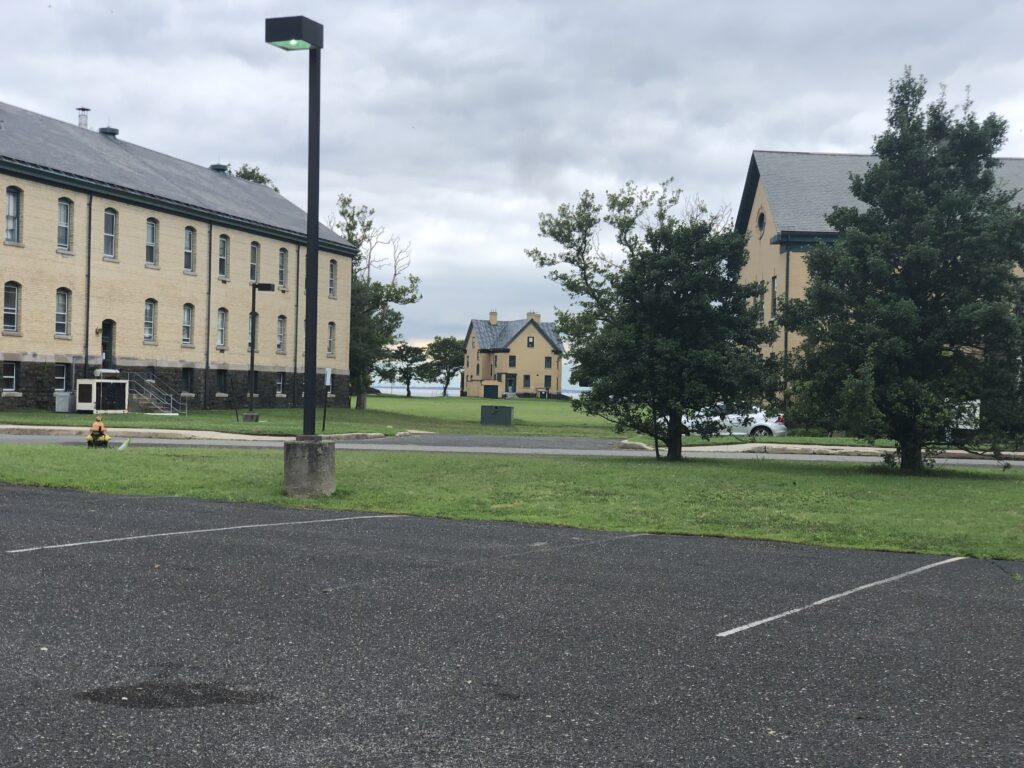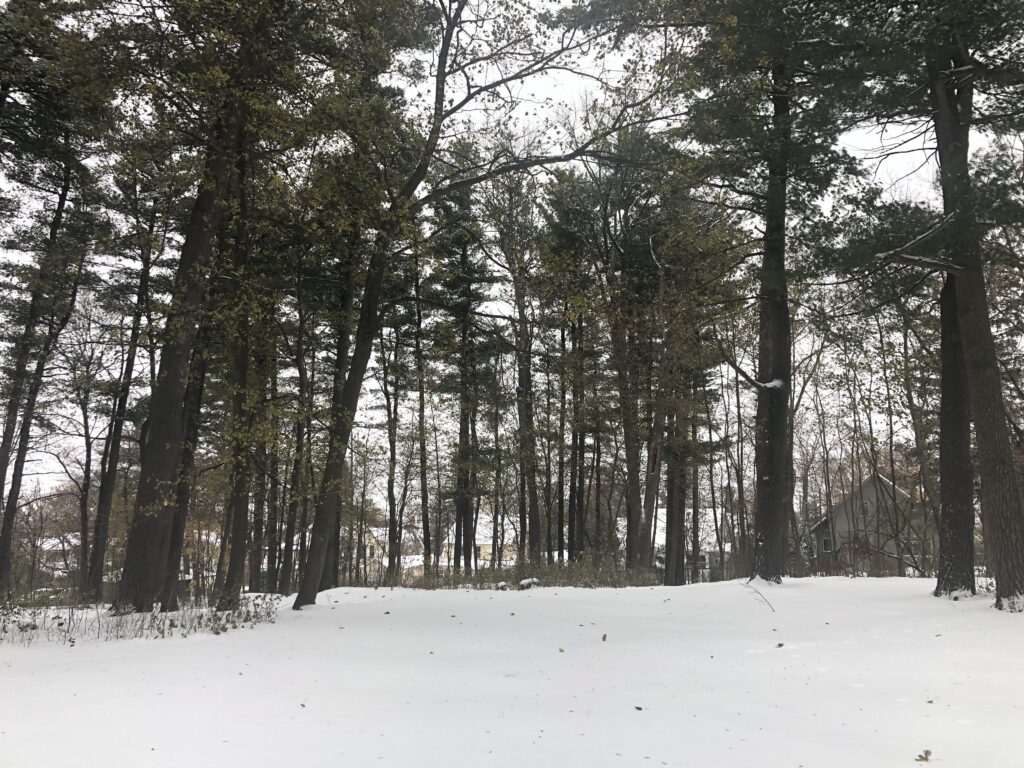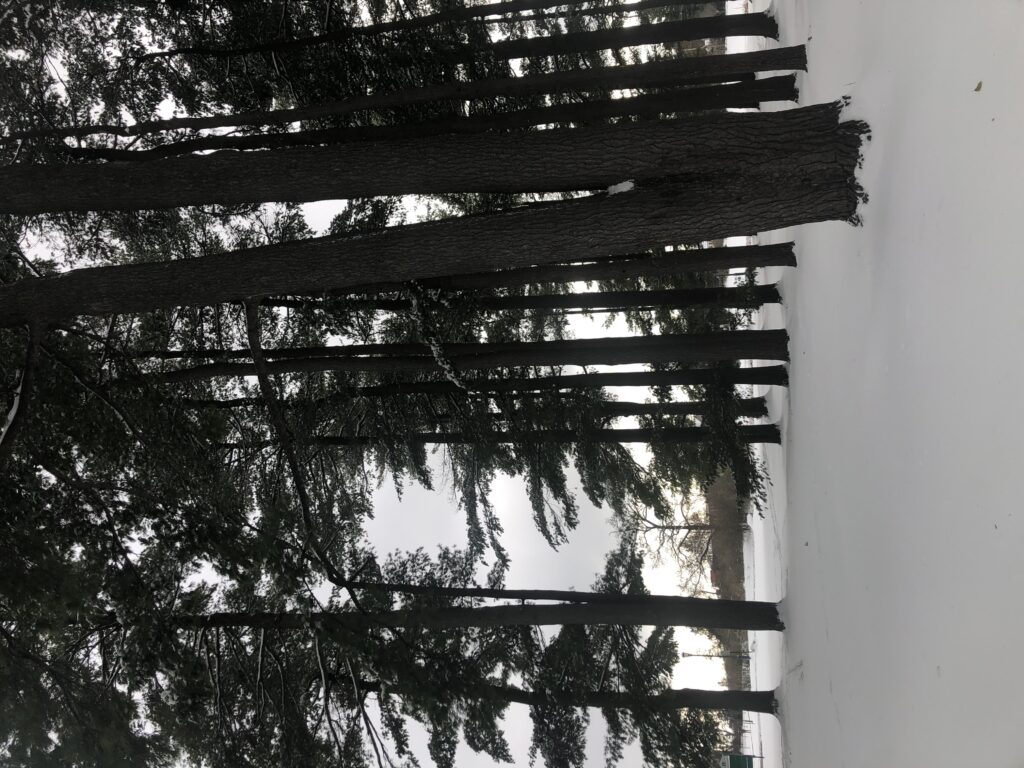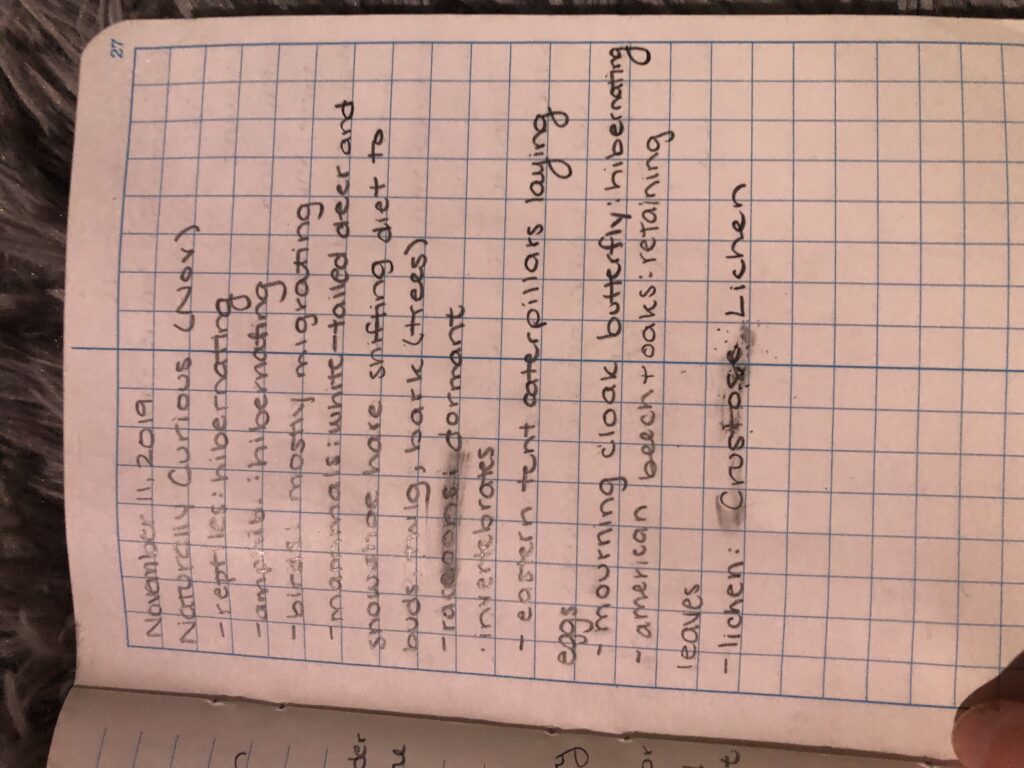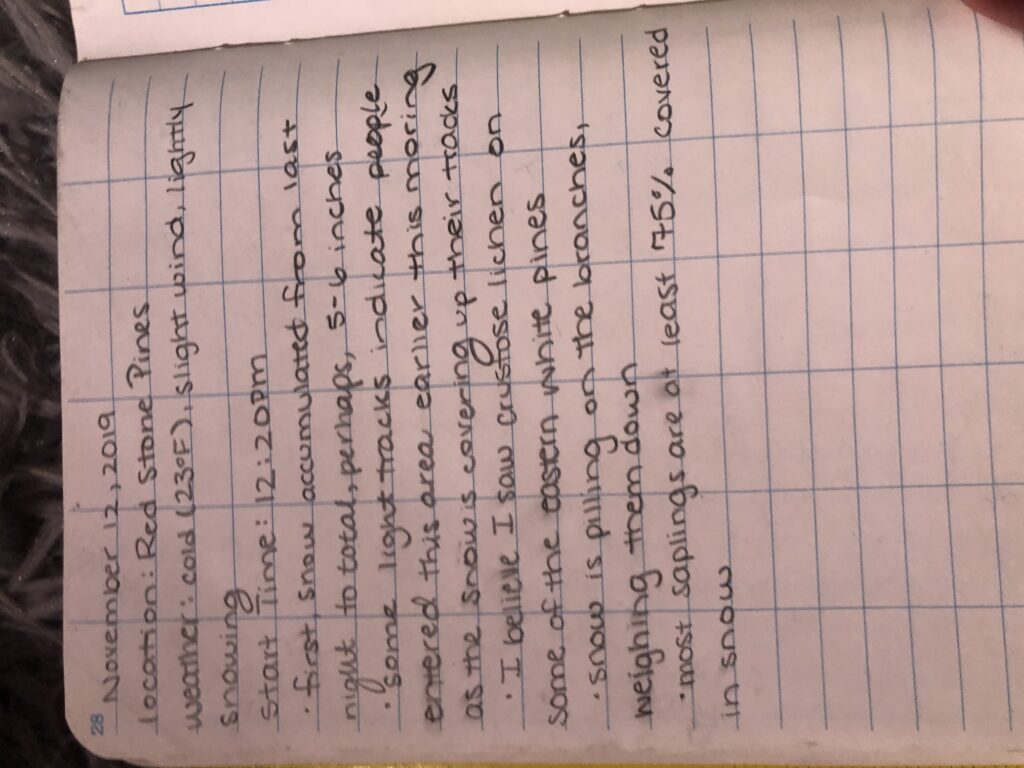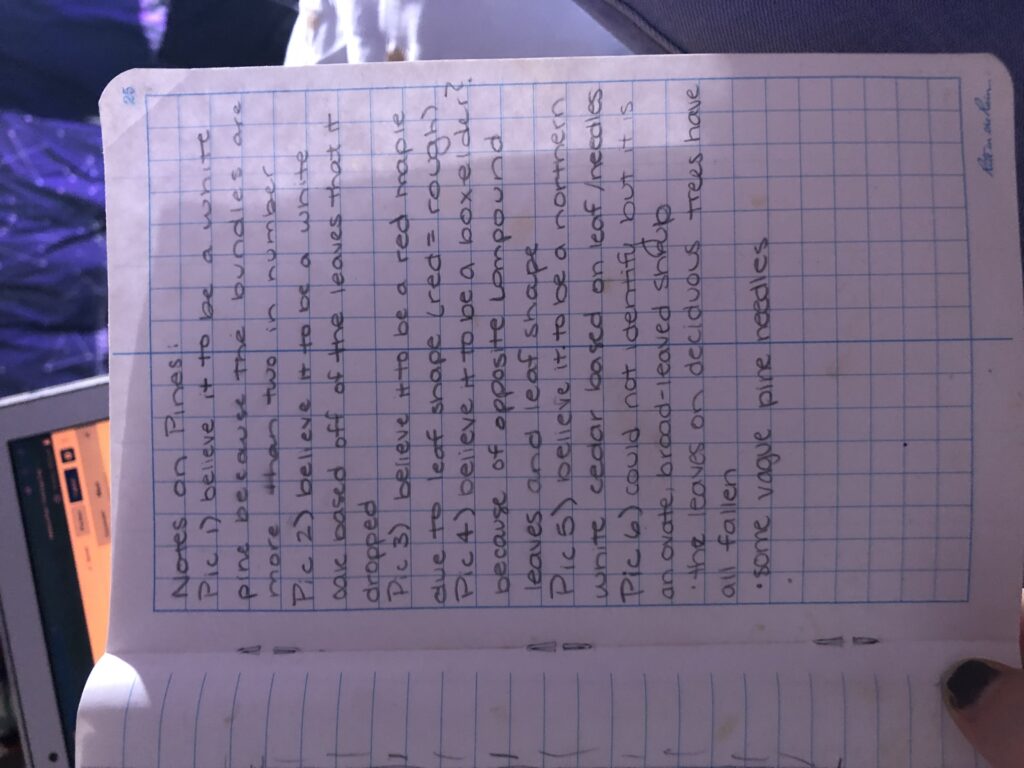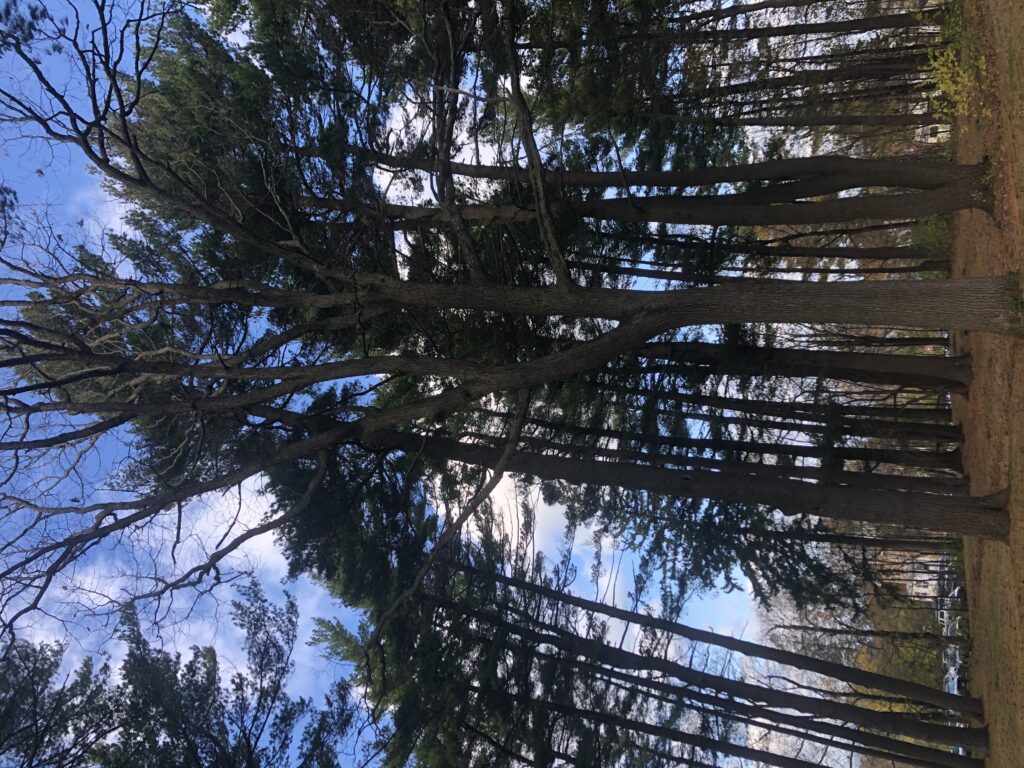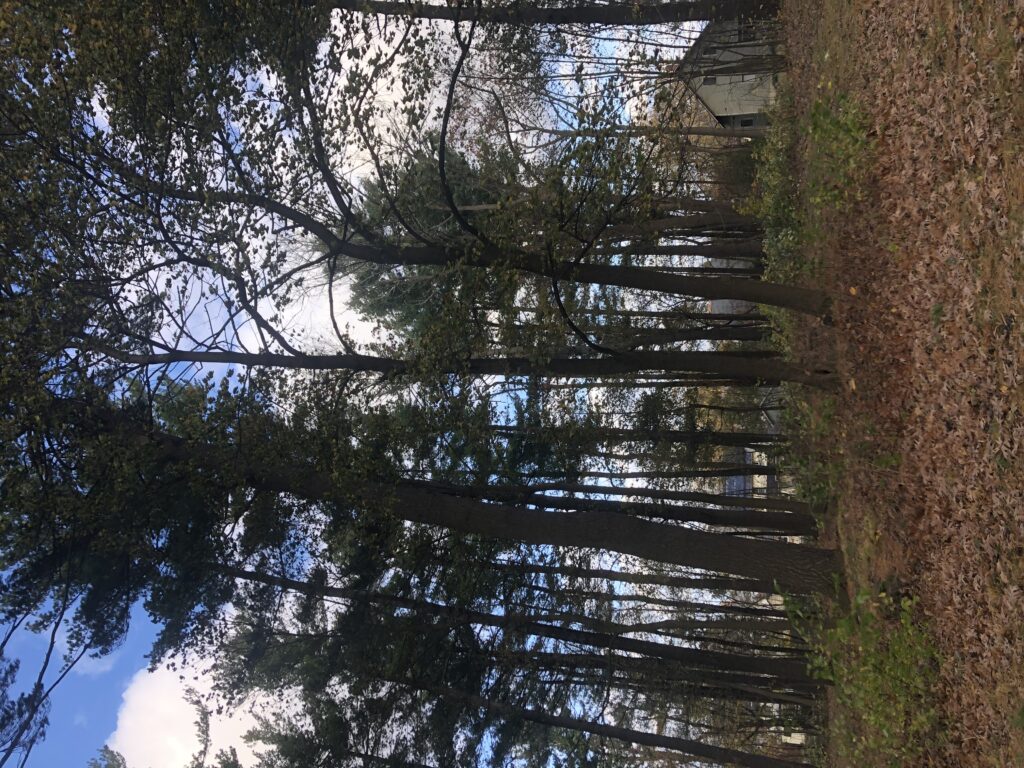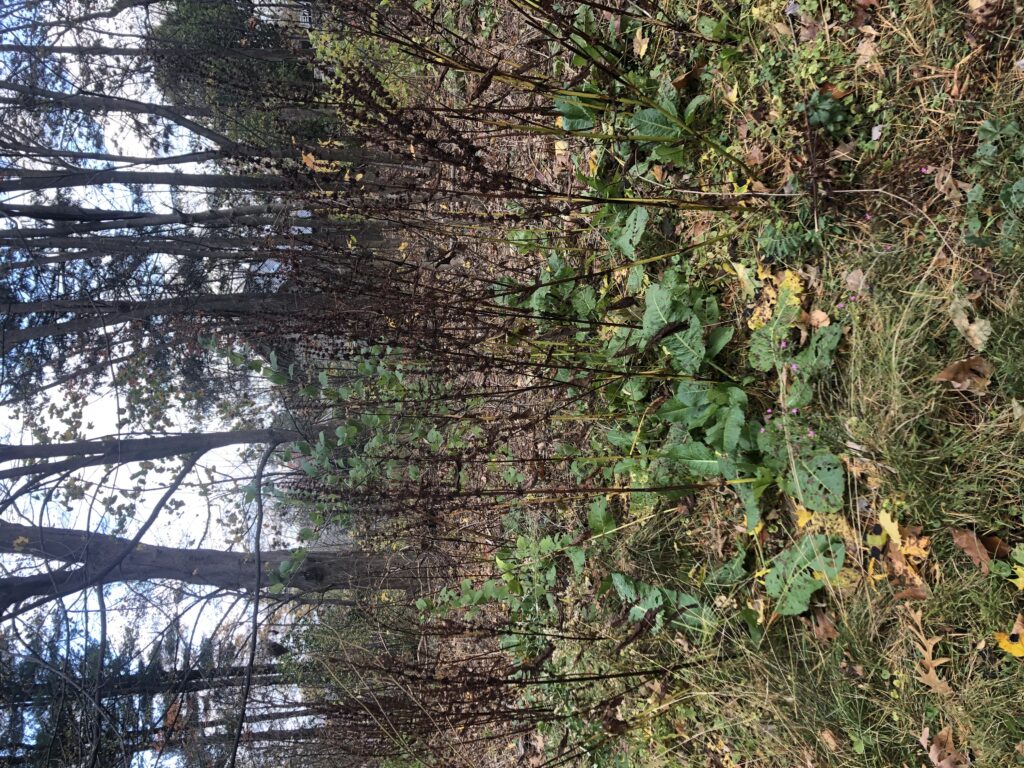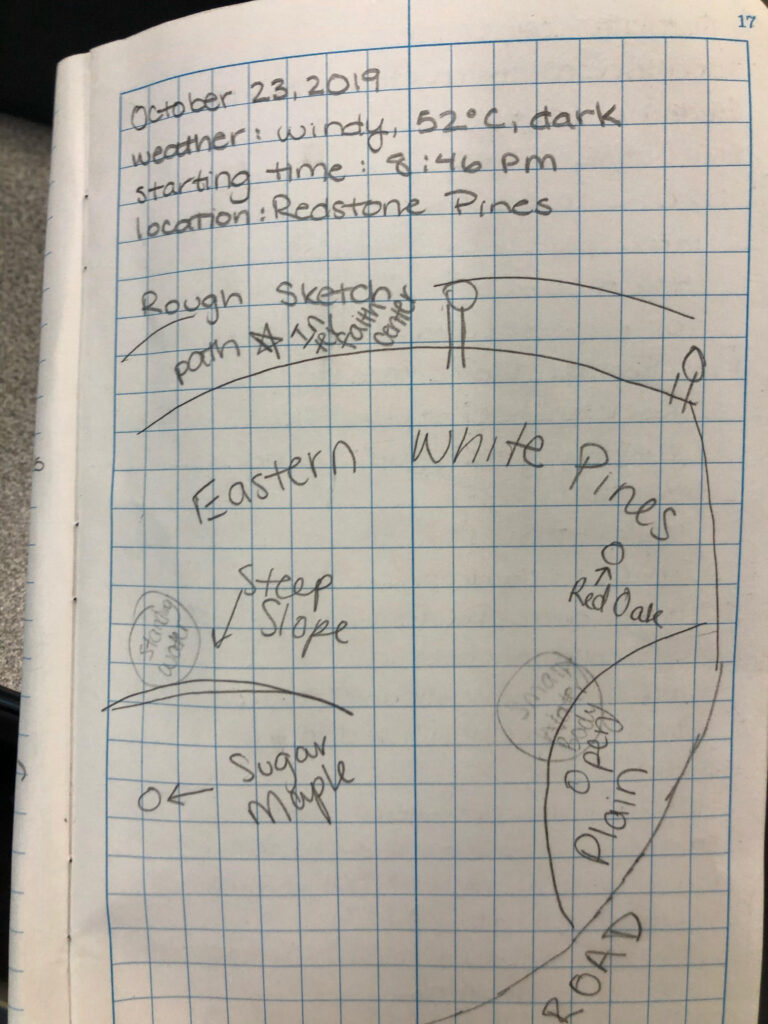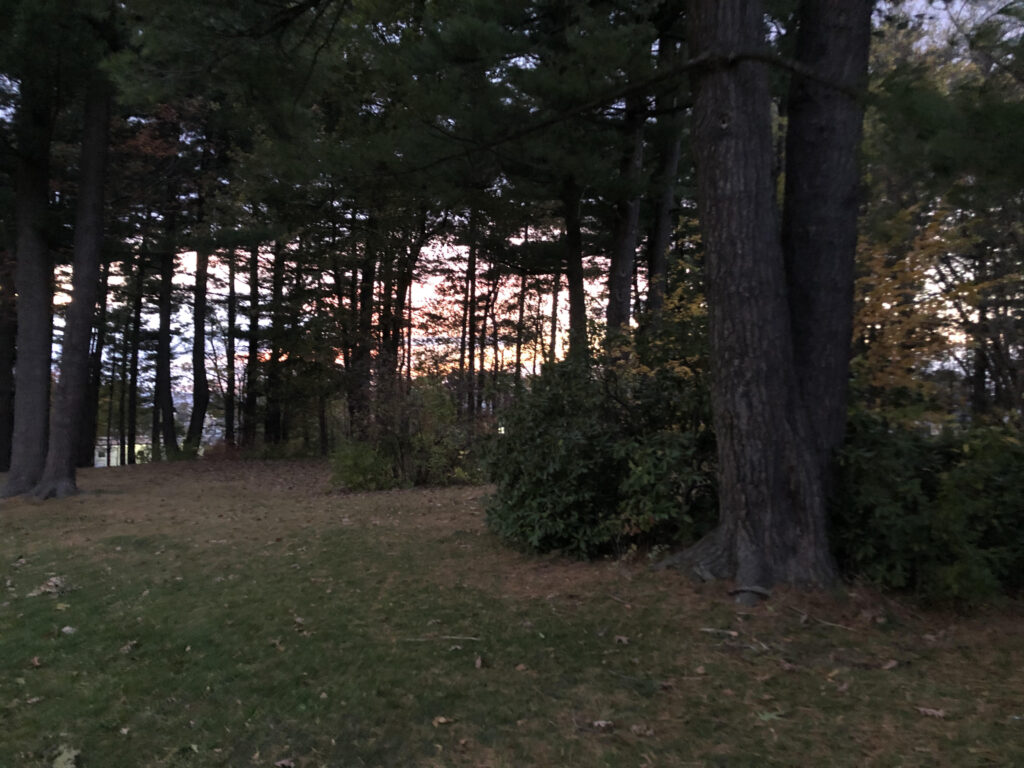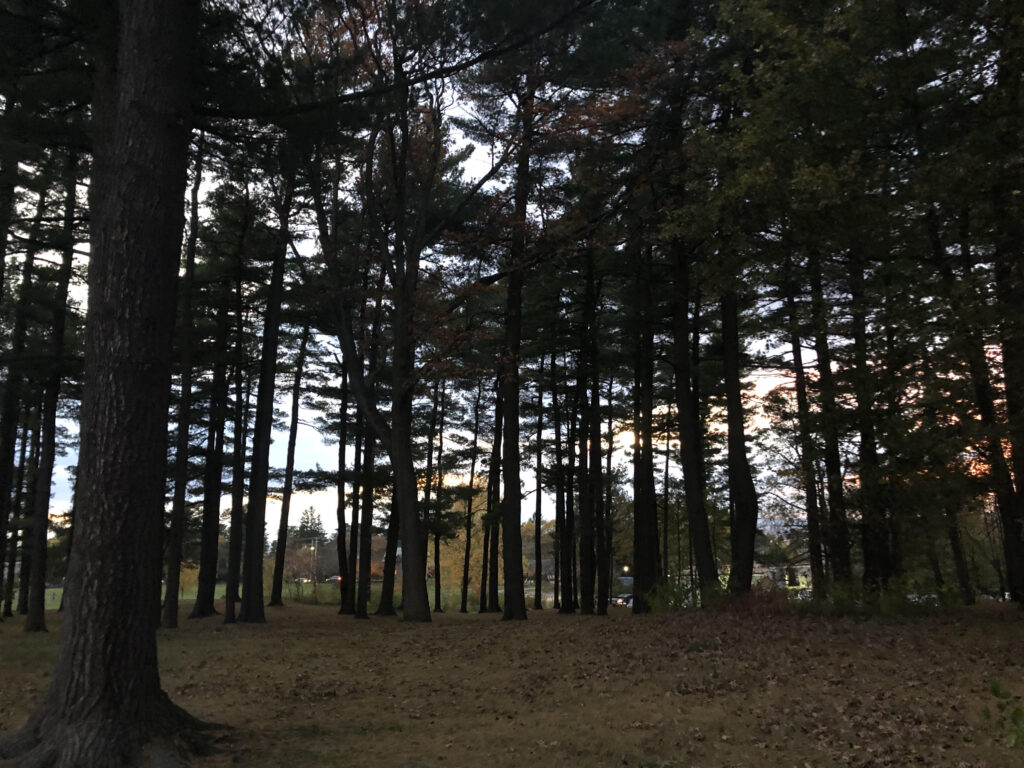Well first off, thank you so much for sticking with my phenology blog until the very end!
To start off, I have seen this cute chipmunk in my backyard near the grill for the past month. He finally came close enough for a long enough for a picture! My cat has been clawing at the back door for ages, and the chipmunk often scurried along my back patio a bit too quickly for me to know what he was up to or to catch him in the act.

Regarding weather, it has been quite dreary in New Jersey lately. The last two weeks has seen mostly cloudy, gray, stormy days. The precipitation has remained equal the last two weeks, and is greater than the other weeks (see March and Mid-April blogs) that I have mentioned. Along with the rainy weather, the temperature has been lower in these two weeks than those preceding it. The temperature generally ranged in the 40s and 50s. Two weeks ago was warmer than this past week by a few degrees, but nothing significant enough. All in all, these past two weeks have been extremely similar in temperature and precipitation.
Onto birds! To answer the question of my favorite bird thus far, I have to say that I am a fan of Tufted Titmouse (I just can’t help it, they are precious in my mind). Last week, the faithful cardinal continued to sing his/her heart out. As I am also pretty new to birding, I found myself frustrated at the variety of songs they will sing (as I thought I was hearing a new bird and got excited, only to realize it was my good friend, the cardinal). Last week, I also saw/heard plenty of robin and song sparrows as well, and pretty blue jay.
This week, I heard a field sparrow from my room. I consulted with the Merlin app and my birding friend and we determined the species. It was a bit odd, since field sparrows tend to stray from developed areas, but considering it is migration time, it was probably a bird on the move. All bets are off during migration. Today, I was perhaps a bit too excited when after the rain cleared up, the sun shown, and it was 70 degrees, I saw five common grackle on my lawn. In addition, a Tufted Titmouse, a song sparrow, and a brown-headed cowbird were singing.
ACKNOWLEDGEMENTS: Again, thank you so much for reading! To Kate, thank you for being an incredible GTA and for helping us get through this time of craziness. I know that you have plenty of stuff to worry about on your own, so thank you! I hope that you are well and it was wonderful to have you as a GTA. While he probably won’t be reading this, the same can be said for Chris. He has been a great TA, and I have throughly enjoyed the lab conversations. They have definitely made me think and question beyond class. THANK YOU!
Citations
Dani Berger. (2020). Chipmunk.

